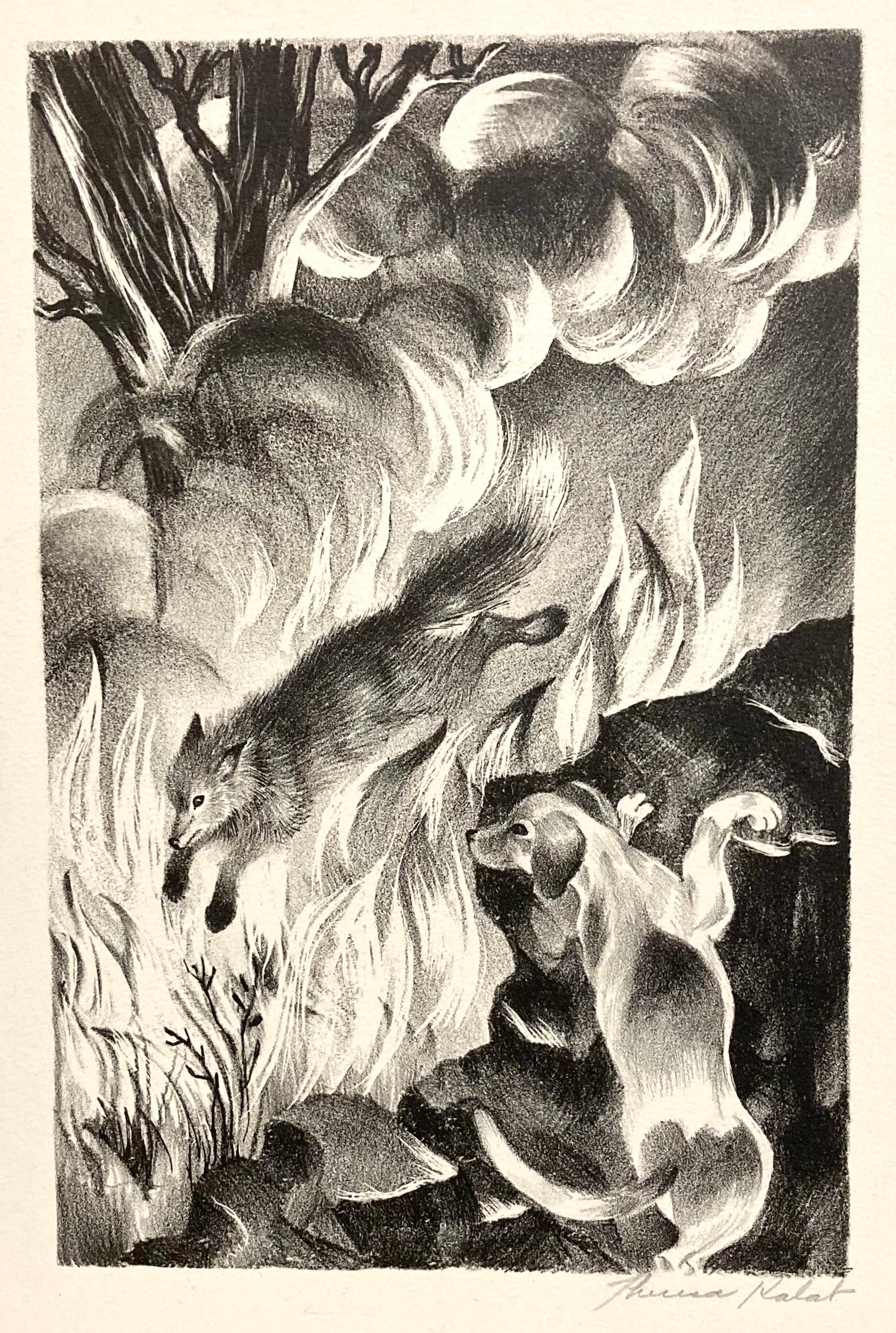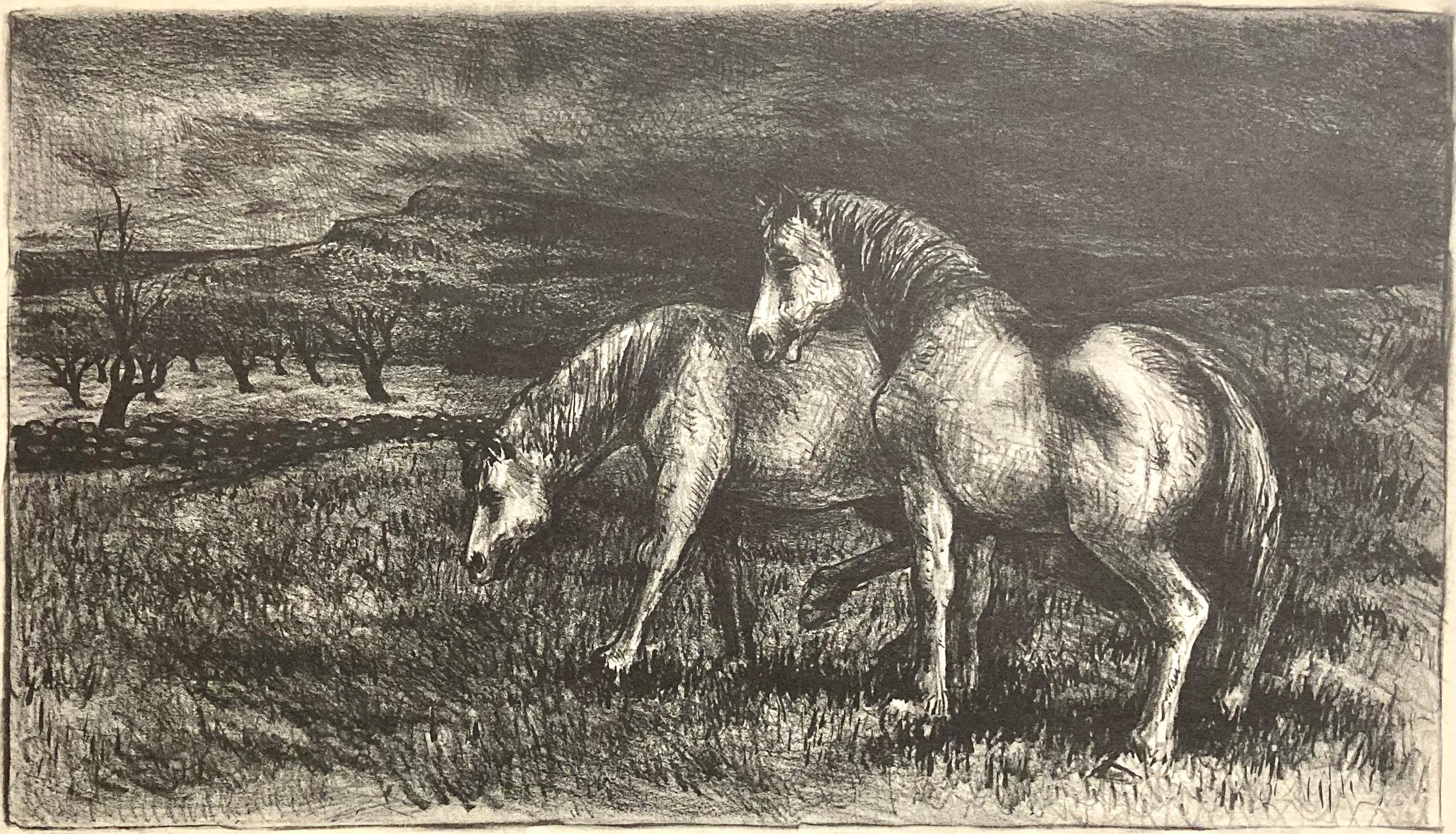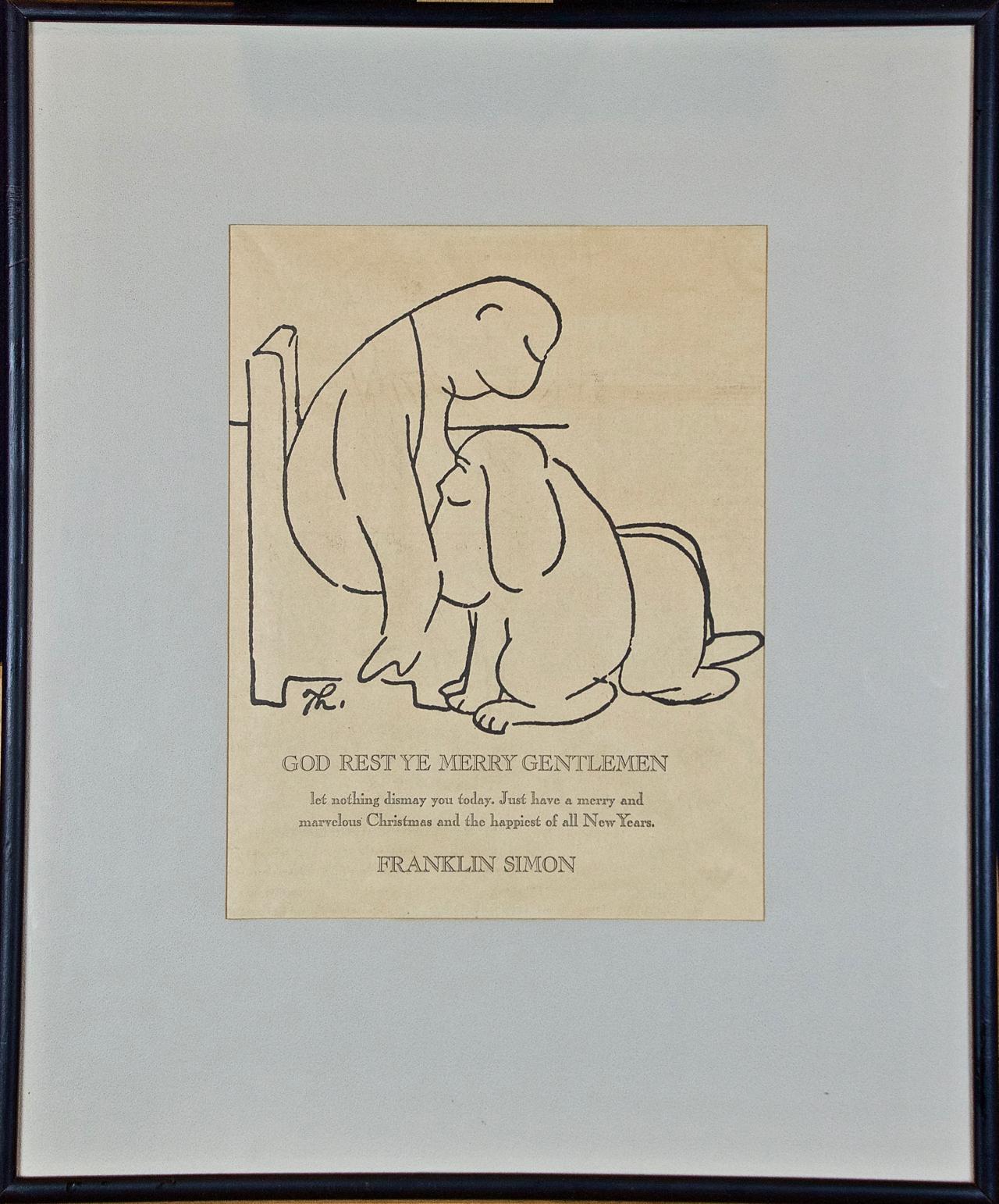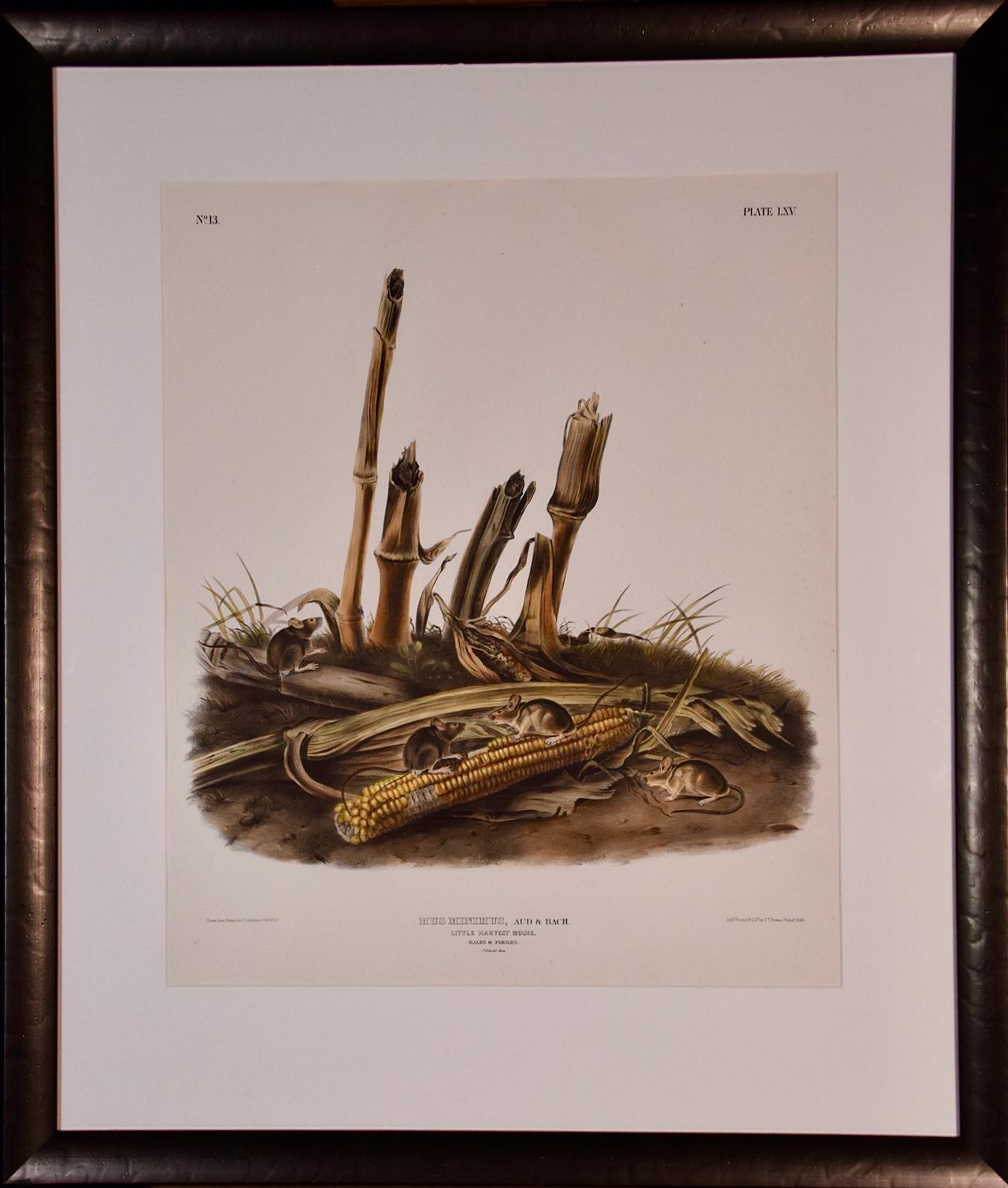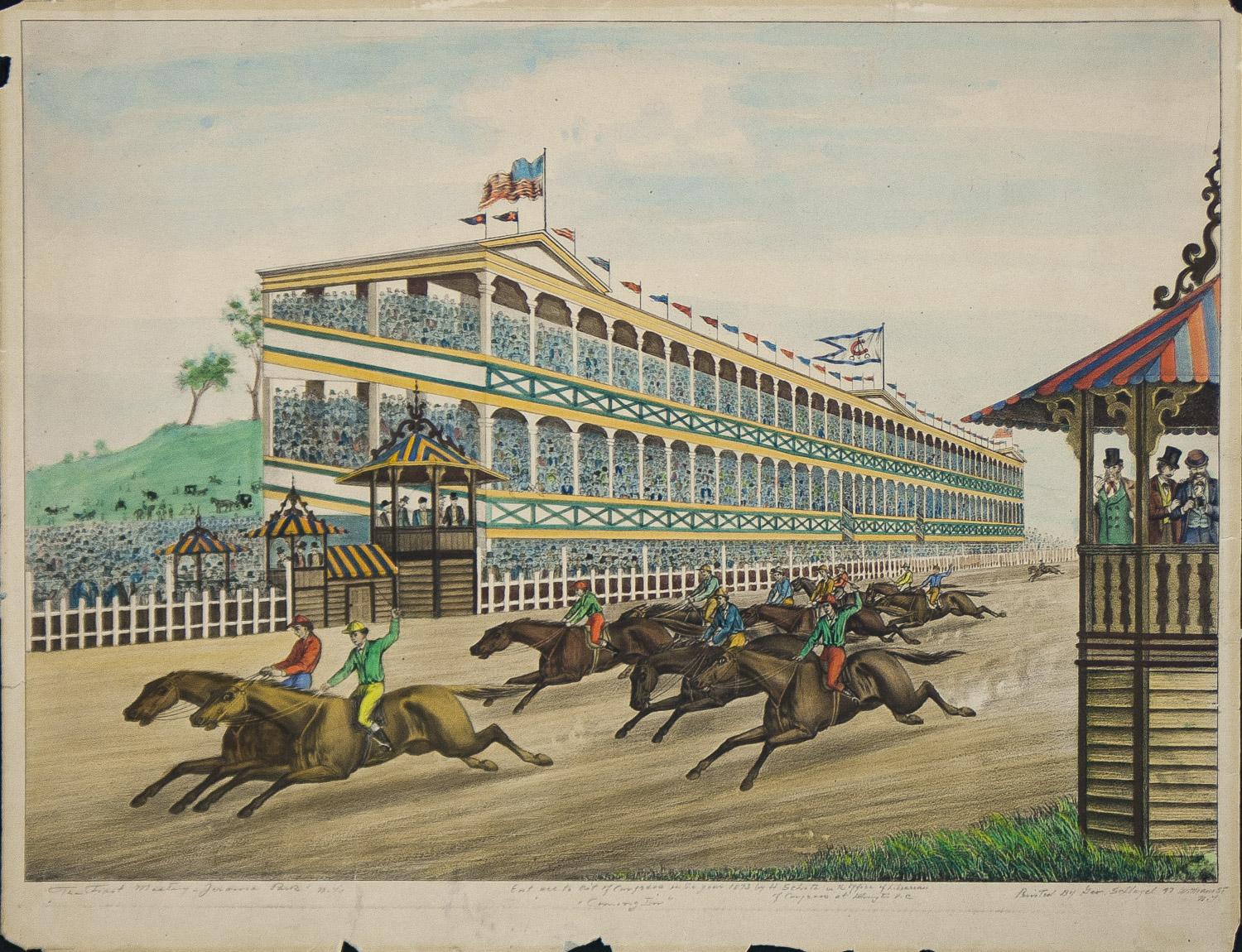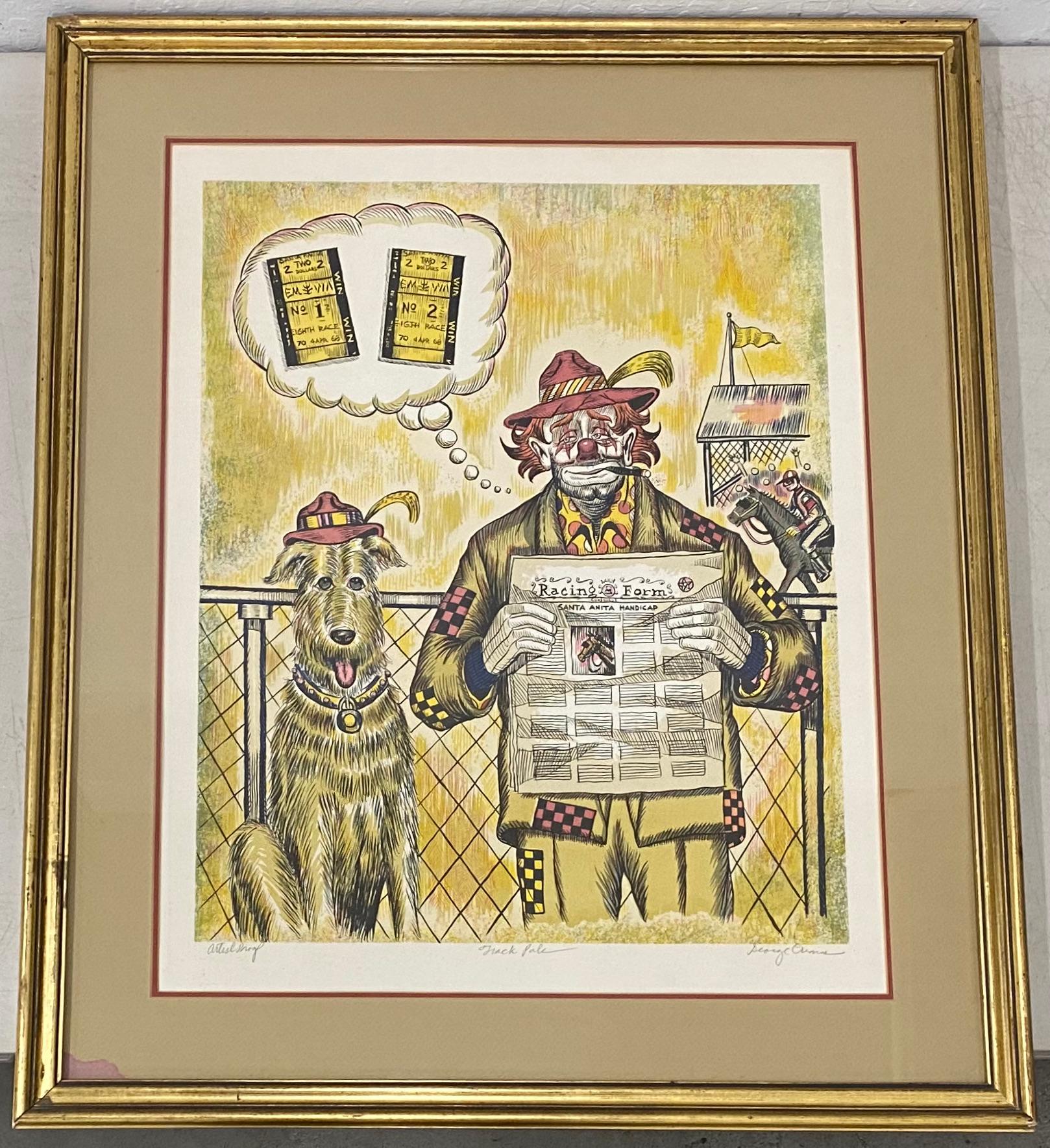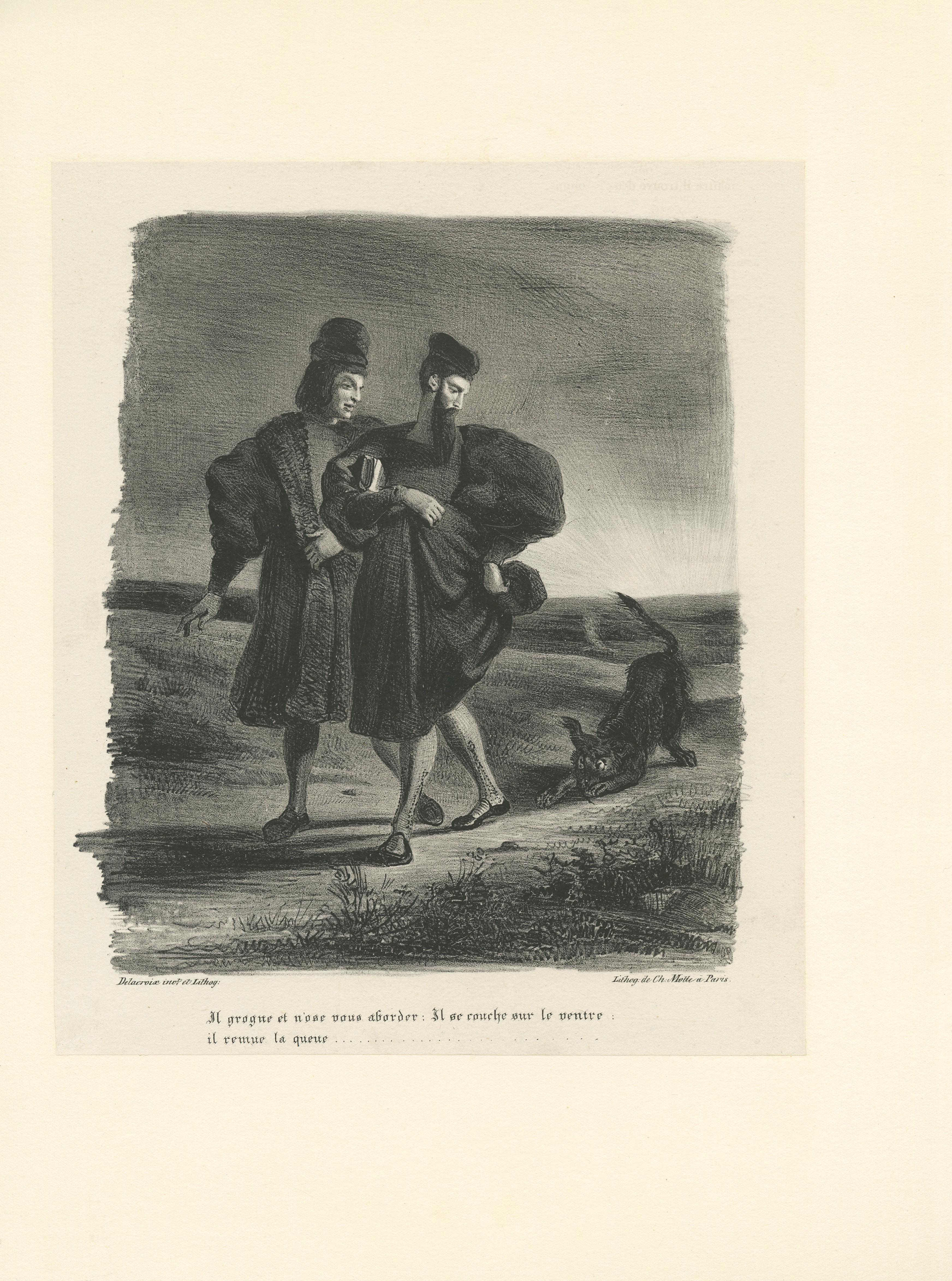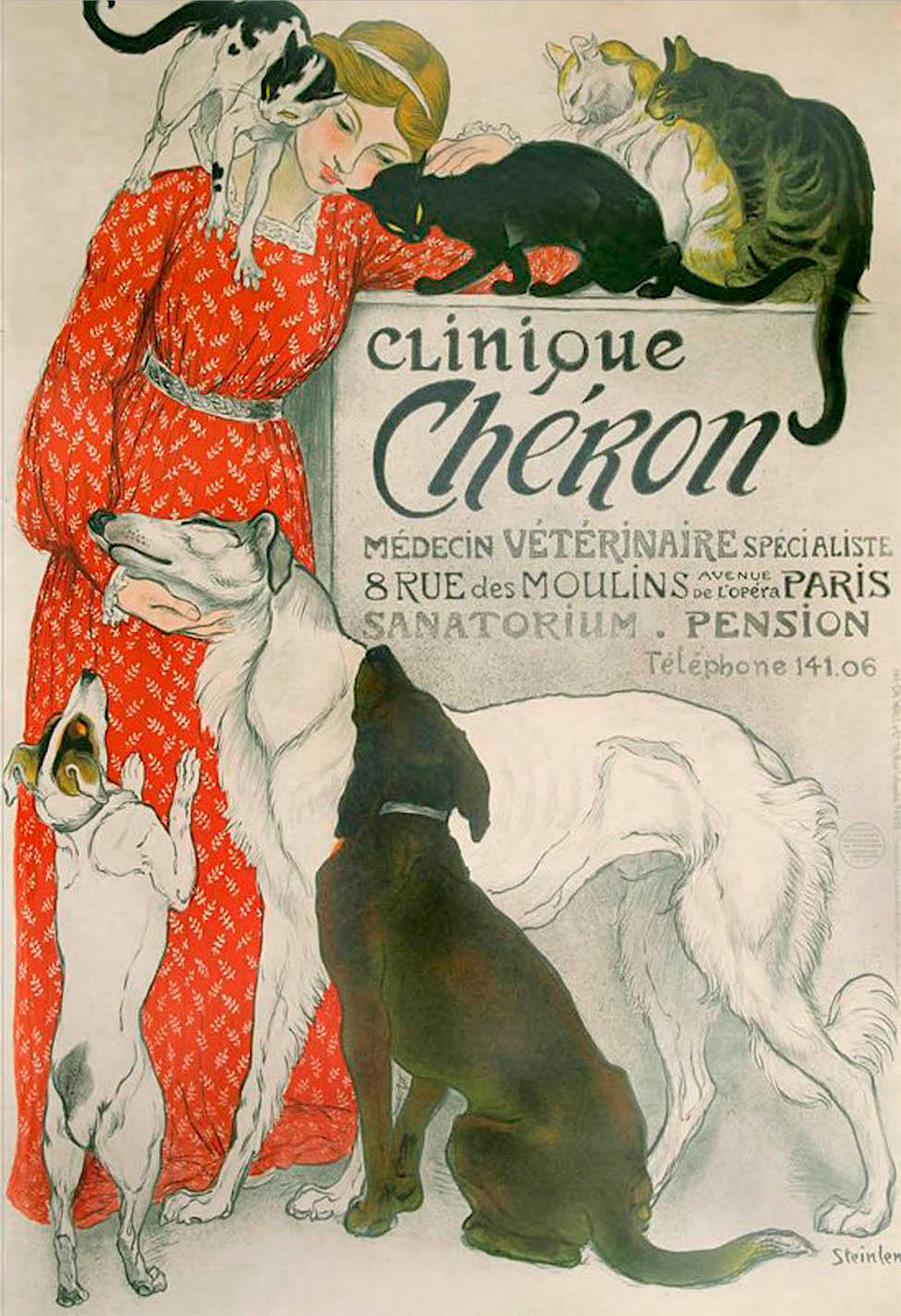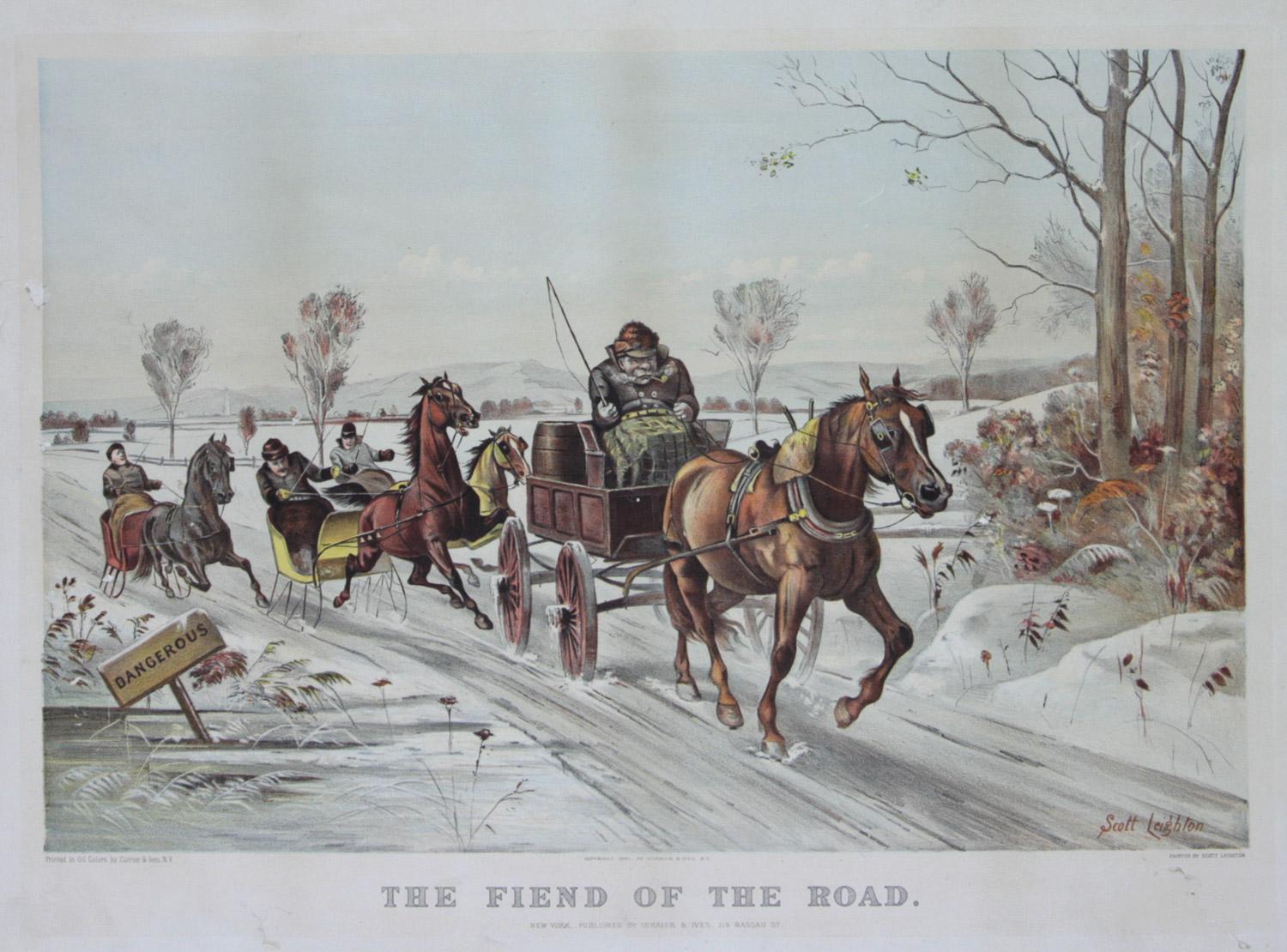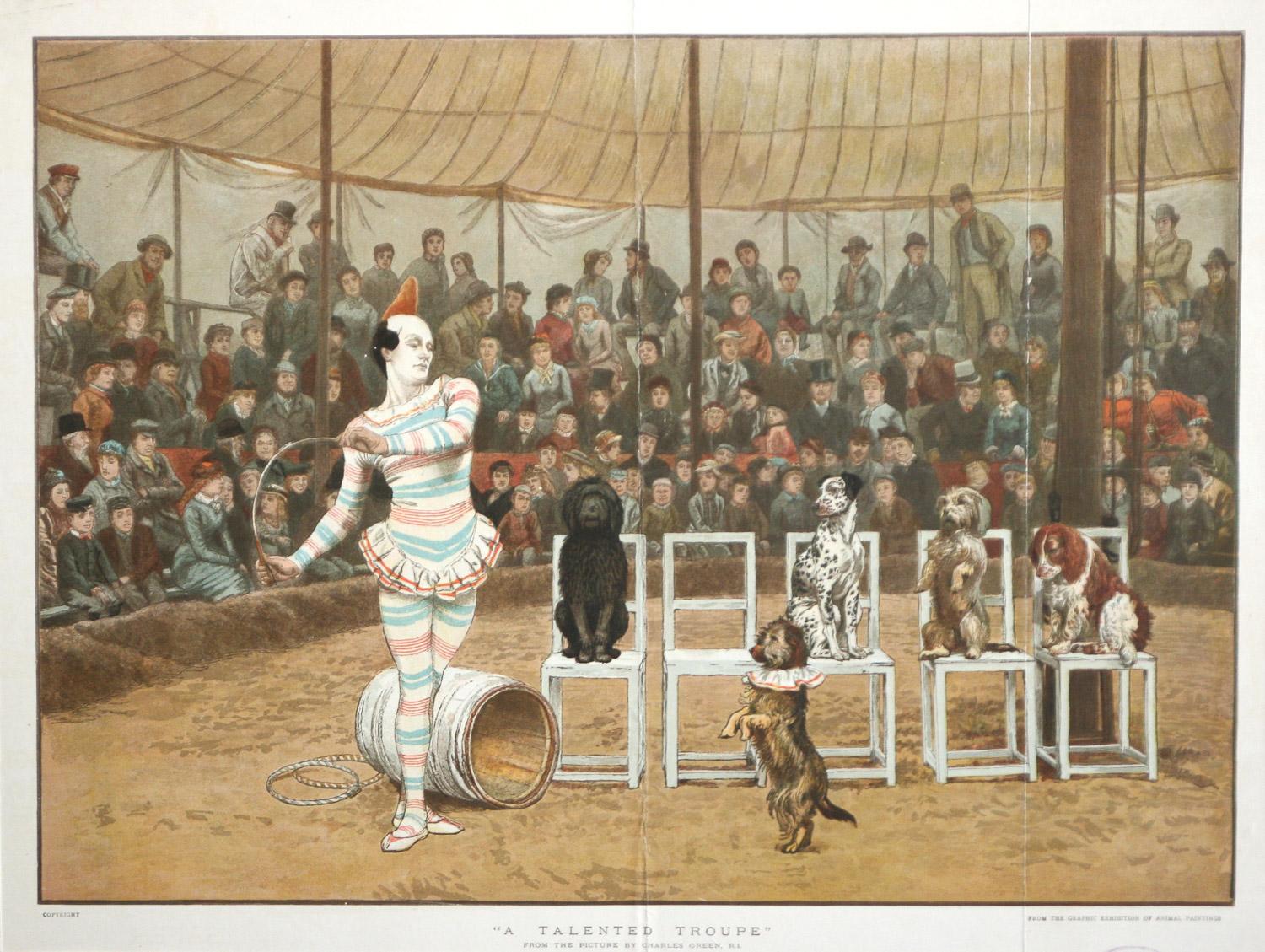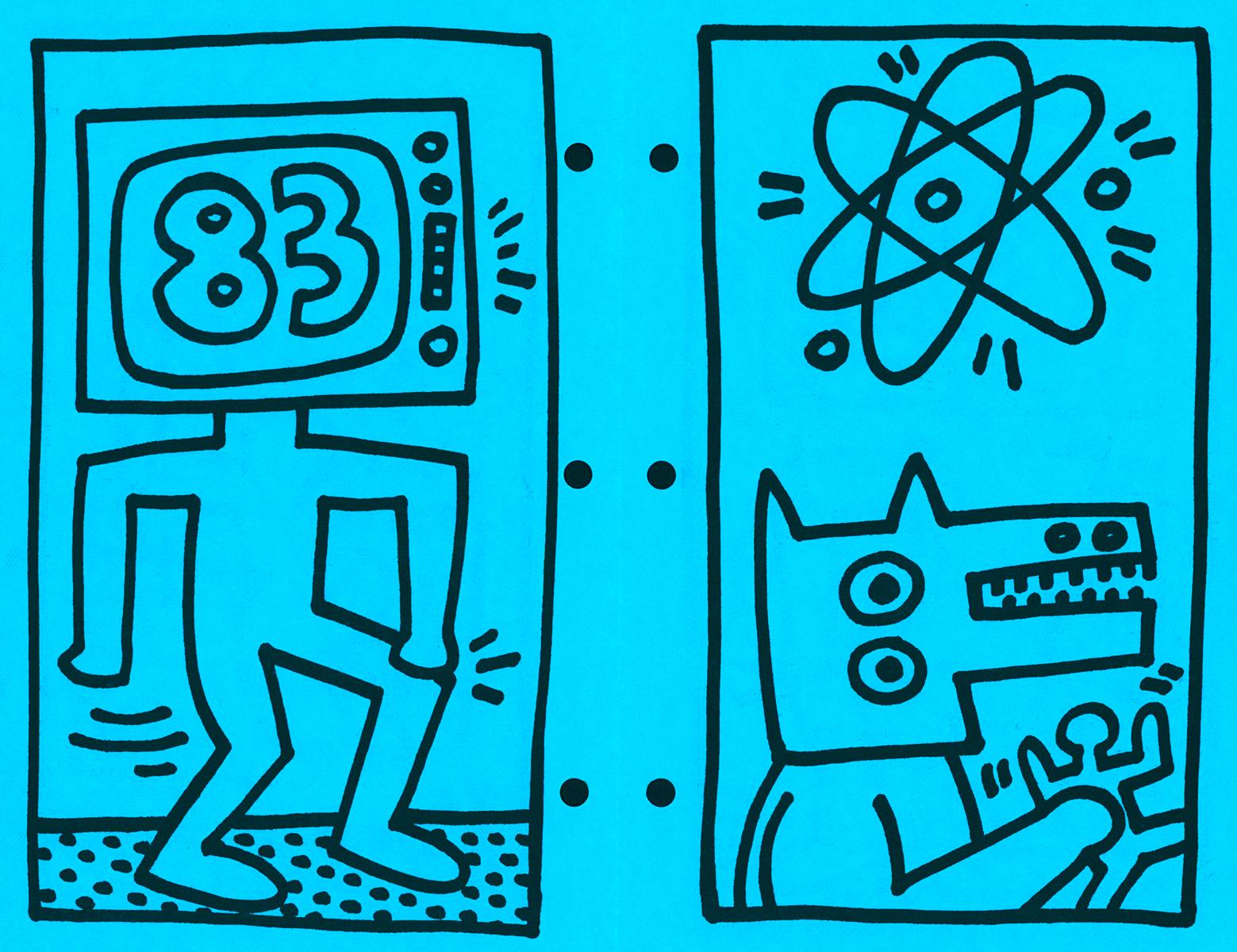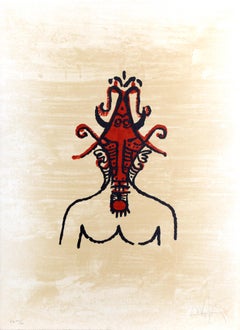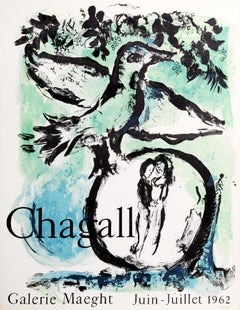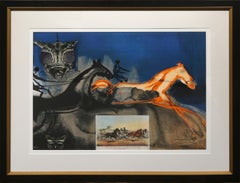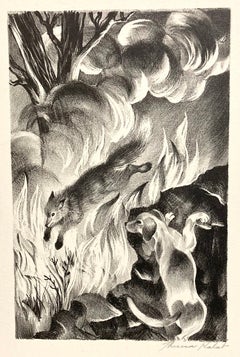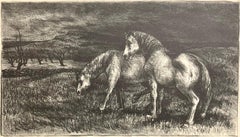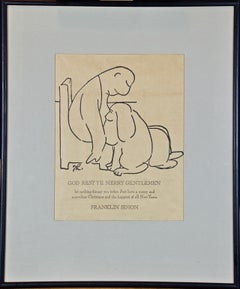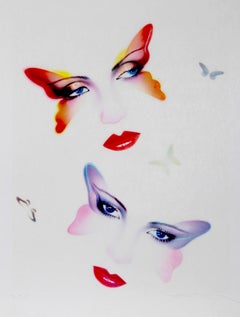
Butterflies
Want more images or videos?
Request additional images or videos from the seller
1 of 8
Pater SatoButterfliescirca 1980
circa 1980
$875List Price
About the Item
- Creator:
- Creation Year:circa 1980
- Dimensions:Height: 25 in (63.5 cm)Width: 19 in (48.26 cm)
- Medium:
- Movement & Style:
- Period:
- Framing:Framing Options Available
- Condition:
- Gallery Location:Long Island City, NY
- Reference Number:1stDibs: LU4668625692
About the Seller
4.9
Platinum Seller
Premium sellers with a 4.7+ rating and 24-hour response times
Established in 1979
1stDibs seller since 2014
3,038 sales on 1stDibs
Typical response time: 1 hour
Authenticity Guarantee
In the unlikely event there’s an issue with an item’s authenticity, contact us within 1 year for a full refund. DetailsMoney-Back Guarantee
If your item is not as described, is damaged in transit, or does not arrive, contact us within 7 days for a full refund. Details24-Hour Cancellation
You have a 24-hour grace period in which to reconsider your purchase, with no questions asked.Vetted Professional Sellers
Our world-class sellers must adhere to strict standards for service and quality, maintaining the integrity of our listings.Price-Match Guarantee
If you find that a seller listed the same item for a lower price elsewhere, we’ll match it.Trusted Global Delivery
Our best-in-class carrier network provides specialized shipping options worldwide, including custom delivery.More From This Seller
View AllEl Casquee (She with Helmet), Lithograph by Wifredo Lam
By Wifredo Lam
Located in Long Island City, NY
El Casquee (She with Helmet) from the Pleni Luna Suite
Wifredo Lam, Cuban (1902–1982)
Date: 1974
Lithograph, signed and numbered in pencil
Edition of 72/262
Size: 25 x 19.5 in. (63.5...
Category
1970s Surrealist Figurative Prints
Materials
Lithograph
El Ultimo Viaje Del Buque Fantasma, Lithograph by Wifredo Lam
By Wifredo Lam
Located in Long Island City, NY
El Ultimo Viaje Del Buque Fantasma by Wifredo Lam, Cuban (1902–1982)
Year: 1976
Lithograph, signed and numbered in pencil
Edition of EA XIII/XX
Size: 30 x 21.75 in. (76.2 x 55.25 cm)
Category
1970s Surrealist Figurative Prints
Materials
Lithograph
The Green Bird, Modern Lithograph by Marc Chagall
By Marc Chagall
Located in Long Island City, NY
Expressionist poster of “The Green Bird” by Marc Chagall (Russian/French, 1887-1985) for Chagall’s exhibition in 1962 at Galerie Maeght in France.
Marc Cha...
Category
1970s Modern Figurative Prints
Materials
Lithograph
Salvador Dali, American Trotting Horses No. 2, Lithograph with collage
By Salvador Dalí
Located in Long Island City, NY
Artist: Salvador Dali
Title: American Trotting Horses No. 2
Date: 1971
Portfolio: Currier & Ives as Interpreted by Salvador Dali
Medium: Litho...
Category
1970s Surrealist Figurative Prints
Materials
Mixed Media, Lithograph
How it all Began from the "After Noon" Portfolio, Lithograph by Richard Lindner
By Richard Lindner
Located in Long Island City, NY
Artist: Richard Lindner, German/American (1901 - 1978)
Title: How it all Began from the "After Noon" Portfolio
Year: 1969
Medium: Lithograph on Arches, signed and numbered in pencil
...
Category
1960s Pop Art Animal Prints
Materials
Lithograph
Orsa Maggiore, Lithograph by Wifredo Lam
By Wifredo Lam
Located in Long Island City, NY
Artist: Wifredo Lam, Cuban (1902 - 1982)
Title: Orsa Maggiore
Year: 1976
Medium: Lithograph, signed and numbered in pencil
Edition: X/XXV
Paper Size: 31...
Category
1970s Surrealist Figurative Prints
Materials
Lithograph
You May Also Like
Theresa Halat, (The Fox and The Dog)
Located in New York, NY
While nothing is known about this artist (maybe even the spelling of the last name?), the drawing is so skilled and the composition compelling that there MUST be other work! And use ...
Category
1930s Ashcan School Animal Prints
Materials
Lithograph
Reginald Wilson, Horses
By Reginald Wilson
Located in New York, NY
Although this work is titled Horses. It nice to think it could be (Horses in a Field in Woodstock, NY), but it was printed by Will Barnet at the Art Students League, about 1938, and Wilson, who visited Woodstock with Arnold Blanche...
Category
1930s American Modern Animal Prints
Materials
Lithograph
Le Christ a l'Horloge, Paris
By Marc Chagall
Located in Missouri, MO
Marc Chagall
"Le Christ a l'Horloge, Paris" (Christ in the Clock) 1957 (M. 196)
Color Lithograph on Arches Wove Paper
Signed in Pencil "Marc Chagall" Lower Right
Initialed "H.C." (Hors Commerce) Lower Left, aside from numbered edition of 90
*Floated in Gold Frame with Linen Matting, UV Plexiglass
Sheet Size: 18 3/4 x 14 3/4 inches (47.5 cm x 38 cm)
Image Size: 9 3/4 x 8 1/2 inches
Framed Size: 28.5 x 24.25 inches
Marc Chagall was a man of keen intelligence, a shrewd observer of the contemporary scene, with a great sympathy for human suffering. He was born on July 7, 1887 in Vitebsk, Russia; his original name was Moishe Shagal (Segal), but when he became a foremost member of the Ecole de Paris, he adopted French citizenship and the French spelling of his name. Vitebsk was a good-sized Russian town of over 60,000, not a shtetl. His father supported a wife and eight children as a worker in a herring-pickling plant.
Sheltered by the Jewish commandment against graven images, the young Chagall never saw so much as a drawing until, one day, he watched a schoolmate copying a magazine illustration. He was ridiculed for his astonishment, but he began copying and improvising from magazines. Both Chagall's parents reluctantly agreed to let him study with Yehuda Pen, a Jewish artist in Vitebsk. Later, in 1906, they allowed their son to study in St. Petersburg, where he was exposed to Russian Iconography and folk art. At that time, Jews could leave the Pale only for business and employment and were required to carry a permit. Chagall, who was in St. Petersburg without a permit, was imprisoned briefly.
His first wife, Bella Rosenfeld, was a product of a rich cultivated and intellectual group of Jews in Vitebsk. Chagall was made commissar for the arts for the area, charged with directing its cultural life and establishing an art school. Russian folklore, peasant life and landscapes persisted in his work all his life. In 1910 a rich patron, a lawyer named Vinaver, staked him to a crucial trip to Paris, where young artists were revolutionizing art. He also sent him a handsome allowance of 125 francs (in those days about $24) each month. Chagall rejected cubism, fauvism and futurism, but remained in Paris. He found a studio near Montparnasse in a famous twelve-sided wooden structure divided into wedge-shaped rooms. Chaim Soutine, a fellow Russian Jew, and Modigliani lived on the same floor. To Chagall's astonishment, he found himself heralded as one of the fathers of surrealism. In 1923, a delegation of Max Ernst, Paul Eluard and Gala (later Salvador Dali's wife) actually knelt before Chagall, begging him to join their ranks. He refused.
To understand Chagall's work, it is necessary to know that he was born a Hasidic Jew, heir to mysticism and a world of the spirit, steeped in Jewish lore and reared in the Yiddish language. The Hasidim had a special feeling for animals, which they tried not to overburden. In the mysterious world of Kabbala and fantastic ancient legends of Chagall's youth, the imaginary was as important as the real. His extraordinary use of color also grew out of his dream world; he did not use color realistically, but for emotional effect and to serve the needs of his design. Most of his favorite themes, though superficially light and trivial, mask dark and somber thoughts. The circus he views as a mirror of life; the crucifixion as a tragic theme, used as a parallel to the historic Jewish condition, but he is perhaps best known for the rapturous lovers he painted all his life. His love of music is a theme that runs through his paintings.
After a brief period in Berlin, Chagall, Bella and their young daughter, Ida, moved to Paris and in 1937 they assumed French citizenship. When France fell, Chagall accepted an invitation from the Museum of Modern Art to immigrate to the United States. He was arrested and imprisoned in Marseilles for a short time, but was still able to immigrate with his family. The Nazi onslaught caught Chagall in Vichy, France, preoccupied with his work. He was loath to leave; his friend Varian Fry rescued him from a police roundup of Jews in Marseille, and packed him, his family and 3500 lbs. of his art works on board a transatlantic ship. The day before he arrived in New York City, June 23, 1941, the Nazis attacked Russia. The United States provided a wartime haven and a climate of liberty for Chagall. In America he spent the war years designing large backdrops for the Ballet.
Bella died suddenly in the United States of a viral infection in September 1944 while summering in upstate New York. He rushed her to a hospital in the Adirondacks, where, hampered by his fragmentary English, they were turned away with the excuse that the hour was too late. The next day she died.
He waited for three years after the war before returning to France. With him went a slender married English girl, Virginia Haggard MacNeil; Chagall fell in love with her and they had a son, David. After seven years she ran off with an indigent photographer. It was an immense blow to Chagall's ego, but soon after, he met Valentine Brodsky, a Russian divorcee designing millinery in London (he called her Fava). She cared for him during the days of his immense fame and glory. They returned to France, to a home and studio in rustic Vence. Chagall loved the country and every day walked through the orchards, terraces, etc. before he went to work.
Chagall died on March 28, 1985 in the south of France. His heirs negotiated an arrangement with the French state allowing them to pay most of their inheritance taxes in works of art. The heirs owed about $30 million to the French government; roughly $23 million of that amount was deemed payable in artworks. Chagall's daughter, Ida and his widow approved the arrangement.
Written and submitted by Jean Ershler Schatz, artist and researcher from Laguna Woods, California.
Sources:
Hannah Grad Goodman in Homage to Chagall in Hadassah Magazine, June 1985
Jack Kroll in Newsweek, April 8, 1985
Andrea Jolles in National Jewish Monthly Magazine, May 1985
Michael Gibson...
Category
1950s Modern Figurative Prints
Materials
Lithograph
Price Upon Request
Christmas Lithograph Poster After James Thurber "God Rest Ye Merry Gentlemen"
Located in Alamo, CA
This is a rare Franklin Simon Department store Christmas lithographic poster with an image after a James Thurber cartoon drawing of a man in a chair with...
Category
Mid-20th Century Minimalist Figurative Prints
Materials
Lithograph
"Little Harvest Mouse": A Framed Original Audubon Hand-colored Folio Lithograph
By John James Audubon
Located in Alamo, CA
This rare original first edition Audubon hand-colored imperial folio-sized lithograph entitled "Mud Minimus Aud and Bach, Little Harvest Mouse, Males and Females, Natural Size" was e...
Category
Mid-19th Century Naturalistic Animal Prints
Materials
Lithograph
The First Meeting, Jerome Park, N. Y. , H. Schile 1873 Rare Proof before letters
Located in Paonia, CO
The First Meeting, Jerome Park, N. Y. is an original proof before letters of a hand colored lithograph published in 1873 by the prolific German American artist and publisher Henry Schile...
Category
1870s Other Art Style Animal Prints
Materials
Lithograph
